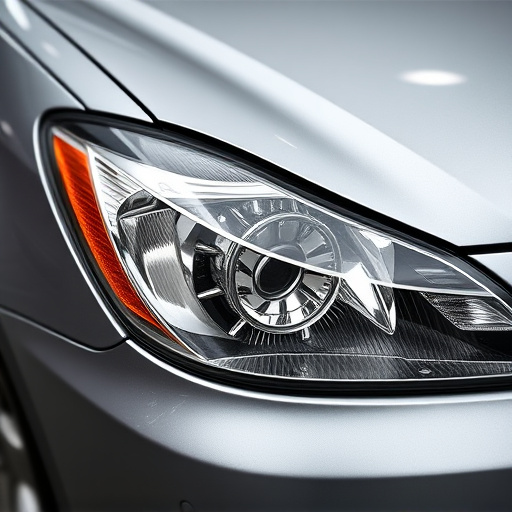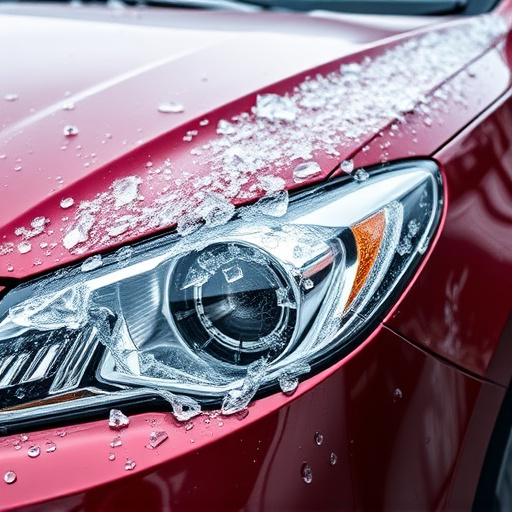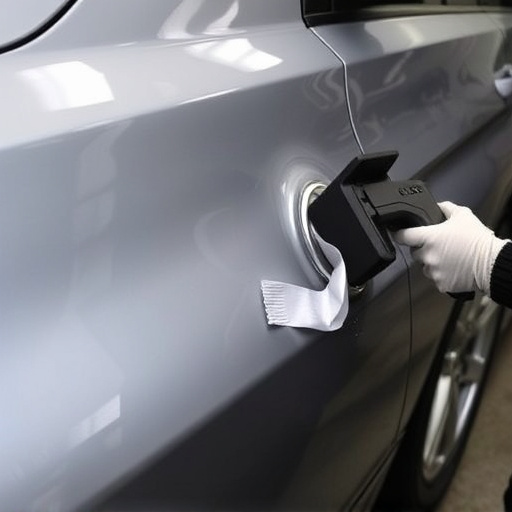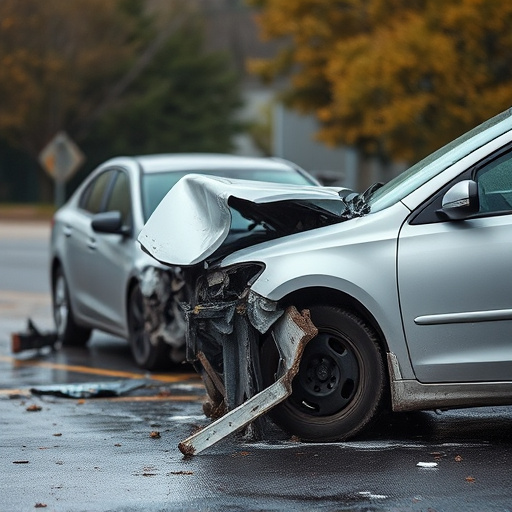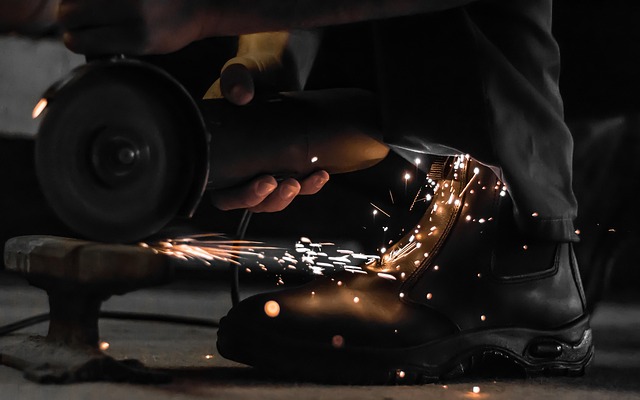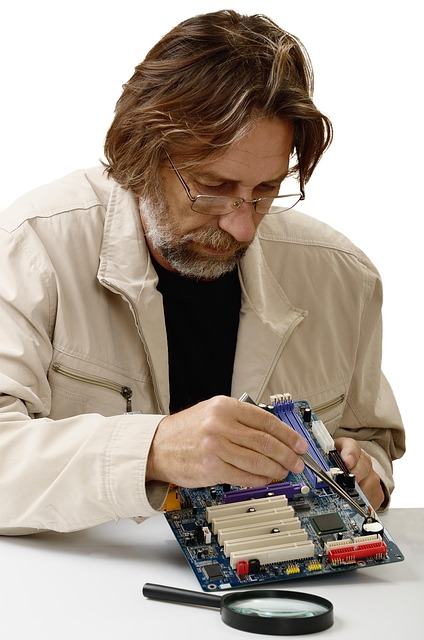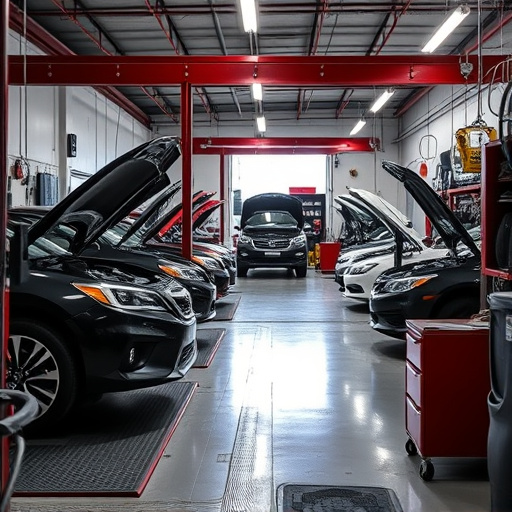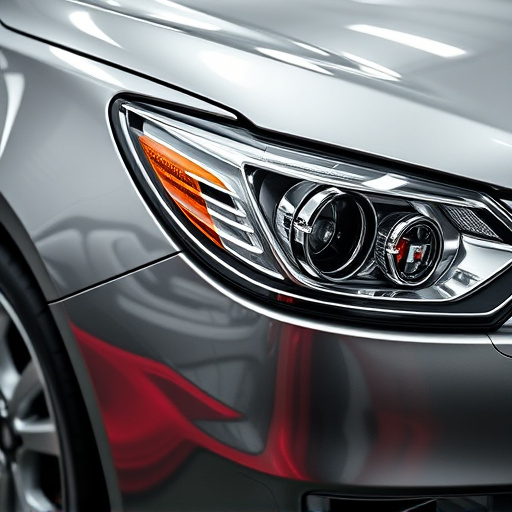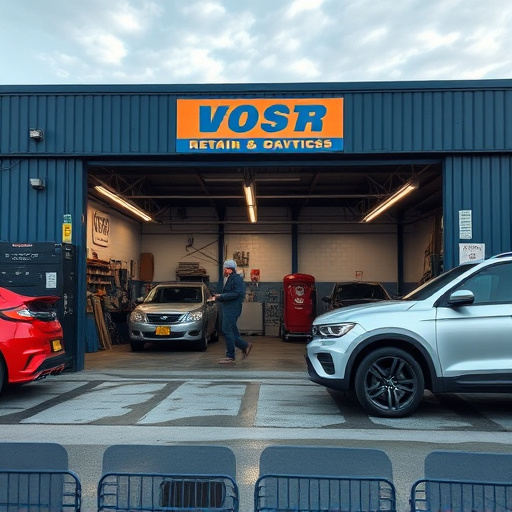Heat shields are essential automotive components that protect sensitive parts from heat. Over time, they can fail due to wear or damage, requiring immediate replacement to prevent system failure and costly repairs. Regular maintenance and timely heat shield replacement are crucial for vehicle owners and repair centers, ensuring optimal performance, safety, and longevity of their vehicles.
In many industries, heat shields play a crucial role in protecting surfaces from intense heat. However, these components are not invincible and can fail at common failure points over time. This article delves into the importance of heat shield replacement for optimal performance and safety. We explore understanding heat shields, identifying when a replacement is necessary, and the process of installing a new one, emphasizing the significance of timely maintenance in various applications, particularly in extreme conditions.
- Understanding Heat Shields and Common Failure Points
- Identifying When a Replacement is Necessary
- The Process of Installing a New Heat Shield
Understanding Heat Shields and Common Failure Points

Heat shields are critical components in various automotive systems, protecting sensitive parts from direct heat exposure. These shields are designed to endure high temperatures while preventing heat transfer, ensuring optimal performance and longevity of engine and exhaust systems. However, over time, heat shields can suffer from several failure points due to wear and tear, environmental factors, or accidents. Common issues include cracking, warping, burning, or degradation of the protective coating, which can compromise their effectiveness.
Identifying these failure points is crucial for vehicle owners and collision repair centers. When a heat shield shows signs of damage, prompt replacement is essential to avoid further complications. A dent removal or car body repair might not always be enough; the affected heat shield must be replaced to maintain the integrity of the system it protects, whether it’s an engine bay or exhaust pipe. Regular maintenance and timely heat shield replacement can prevent more extensive and costly repairs in the future.
Identifying When a Replacement is Necessary

Over time, heat shields, those essential components that protect your vehicle’s underbody from intense heat and debris, can degrade or become damaged. Identifying when a replacement is necessary is crucial for maintaining optimal vehicle performance and safety. One of the primary indicators is visible damage such as cracks, holes, or significant deformation. These issues not only compromise the shield’s effectiveness but also expose vulnerable parts to potential harm. Regular inspections are key; during routine auto repair services, mechanics can assess heat shields for signs of wear and tear, addressing them before they lead to more serious problems like bumper repair or even extensive vehicle bodywork damage.
The Process of Installing a New Heat Shield

Installing a new heat shield is a precise process that requires skill and attention to detail. It typically involves removing the old shield, which might be damaged or worn out due to regular use or exposure to extreme temperatures. Once the old shield is carefully taken off, the surface needs to be cleaned and prepared for the new installation. This preparation ensures optimal adhesion of the new heat shield.
The new heat shield, usually made from high-quality materials designed to withstand high temperatures, is then aligned precisely with the vehicle’s specifications. It’s important that it fits perfectly to provide maximum protection. Once in place, specialized tools and expertise are used to secure the new shield, ensuring a tight seal for long-lasting effectiveness. Body shop services offering heat shield replacement ensure that your vehicle’s bodywork is not only restored but also better protected from potential damage caused by heat sources.
Regularly checking your vehicle’s heat shields for any signs of damage or wear and knowing when to opt for a heat shield replacement is essential for maintaining optimal engine performance. By understanding common failure points and following the right installation process, you can ensure your vehicle’s longevity and safety on the road. Remember, prompt action regarding heat shield replacements can prevent more serious engine issues down the line.
